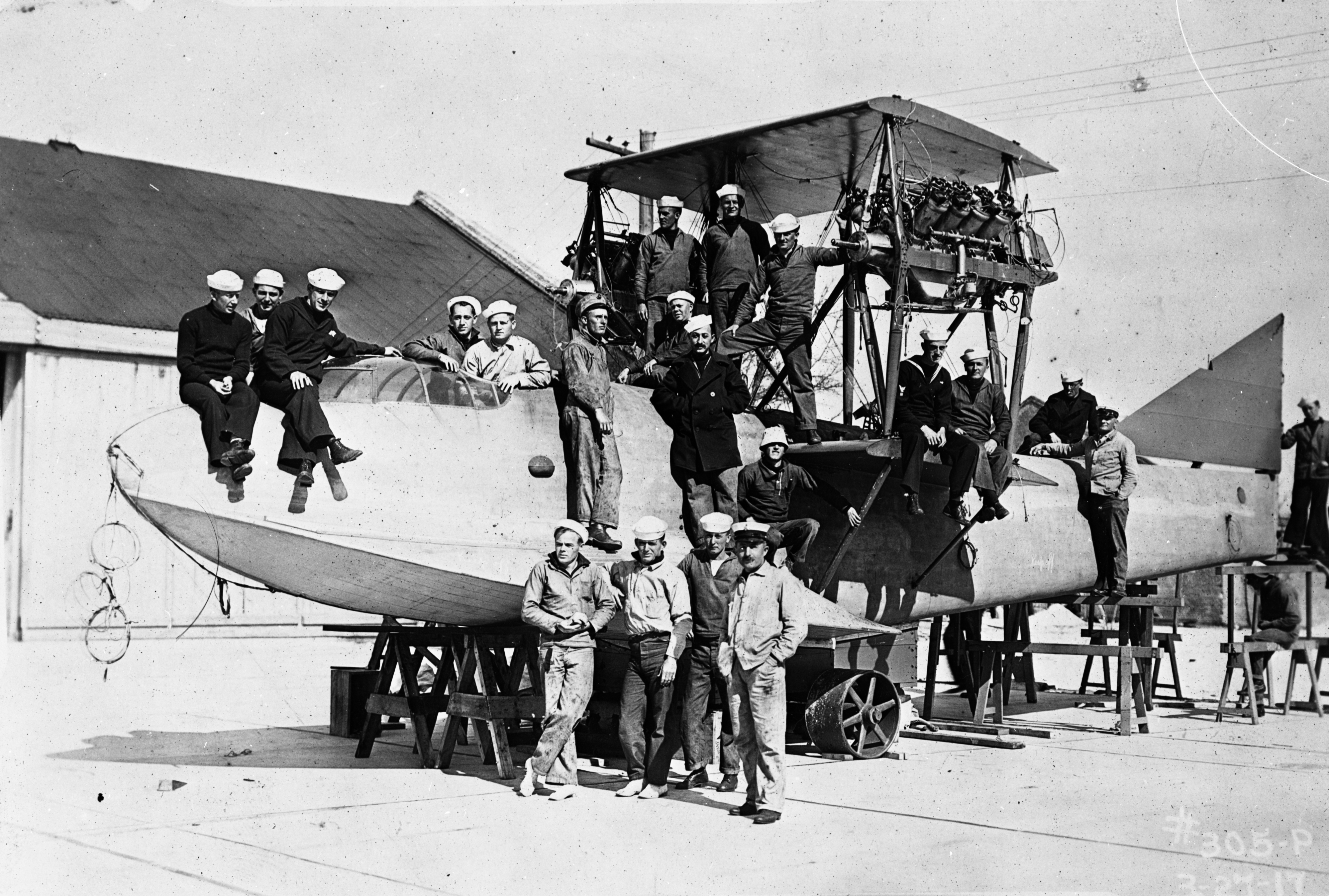Net Making and Net Fishing in Florida
Lesson Plans
Teacher's Guide
Background Information
In 1898, Governor William D. Bloxham appointed the first commissioners of fisheries to enforce the laws and provide for the preservation, protection and propagation of the fish and shellfish industries.
By 1955, Florida was a national leader in the commercial fishing business. The State Board of Conservation published Commercial Fishing Gear and Fishing Methods in Florida as part of a series of technical and educational pamphlets. It describes the wide variety of gear used in commercial fishing.
Four main types of fishing gear were used: entangling gear, encircling gear, impounding gear and dragged gear.
Entangling gear includes gill nets, winding nets and trammel nets. These nets are placed where fish will swim into them but are unable to swim out after becoming entangled in the mesh.
Encircling gear includes a variety of seine nets, such as purse seines and beach seines. Beach seines are deployed in a semicircle shape and dragged toward the shore to capture the fish caught within the semicircle. A purse seine is deployed in a complete circle around a school of fish. A line passing through a series of rings at the bottom of the net is then tightened like a drawstring to prevent fish from escaping.
Impounding gear includes traps, lift nets, dip nets and cast nets. This kind of gear is designed to quickly move fish into an enclosure to prevent escape. Unlike most entangling and encircling gear, impounding gear is generally deployed directly by hand to capture a much smaller number of fish.
Dragged gear refers to nets pulled behind boats. A shrimp trawl, for example, is a flattened conical bag, tapered from the mouth to the tail, that is dragged over the sea bed. It is towed behind a vessel by two long warps at speeds of 2½ to 4 knots.
Some Useful Questions to Ask:
- Look at the illustrations in Commercial Fishing Gear and Fishing Methods in Florida. How do they help you understand the text? Do you learn anything from the diagrams that you can't learn from the text?
- What do these photographs and documents tell you about life in Florida?
Use to Illustrate:
- The significance of the net fishing industry in Florida.
Sunshine State Standards
- SS.4.A.1.1: Analyze primary and secondary resources to identify significant individuals and events throughout Florida history.
- SS.4.A.6.1: Describe the economic development of Florida's major industries.
Examples of industries may include, but are not limited to, timber, citrus, cattle, tourism, phosphate, cigar, railroads, bridges, air conditioning, sponge, shrimping, and wrecking (pirating). - SS.5.A.1.1: Use primary and secondary sources to understand history.
- SS.8.A.1.1: Provide supporting details for an answer from text, interview for oral history, check validity of information from research/text, and identify strong vs. weak arguments.
- SS.912.A.1.1: Describe the importance of historiography, which includes how historical knowledge is obtained and transmitted, when interpreting events in history.
- SS.912.A.1.2: Utilize a variety of primary and secondary sources to identify author, historical significance, audience, and authenticity to understand a historical period.
Florida Standards
- LAFS.4.RI.1.1: Refer to details and examples in a text when explaining what the text says explicitly and when drawing inferences from the text.
- LAFS.4.RI.1.2: Determine the main idea of a text and explain how it is supported by key details; summarize the text.
- LAFS.4.RI.1.3: Explain events, procedures, ideas, or concepts in a historical, scientific, or technical text, including what happened and why, based on specific information in the text.
- LAFS.4.RI.3.7: Interpret information presented visually, orally, or quantitatively (e.g., in charts, graphs, diagrams, time lines, animations, or interactive elements on Web pages) and explain how the information contributes to an understanding of the text in which it appears.
- LAFS.4.SL.1.2: Paraphrase portions of a text read aloud or information presented in diverse media and formats, including visually, quantitatively, and orally.
- LAFS.5.SL.1.2: Summarize a written text read aloud or information presented in diverse media and formats, including visually, quantitatively, and orally.
- LAFS.6.SL.1.2: Interpret information presented in diverse media and formats (e.g., visually, quantitatively, orally) and explain how it contributes to a topic, text, or issue under study.
- LAFS.7.SL.1.2: Analyze the main ideas and supporting details presented in diverse media and formats (e.g., visually, quantitatively, orally) and explain how the ideas clarify a topic, text, or issue under study.
- LAFS.8.SL.1.2: Analyze the purpose of information presented in diverse media and formats (e.g., visually, quantitatively, orally) and evaluate the motives (e.g., social, commercial, political) behind its presentation.
- LAFS.68.RH.1.1: Cite specific textual evidence to support analysis of primary and secondary sources.
- LAFS.68.RH.1.2: Determine the central ideas or information of a primary or secondary source; provide an accurate summary of the source distinct from prior knowledge or opinions.
- LAFS.910.SL.1.2: Integrate multiple sources of information presented in diverse media or formats (e.g., visually, quantitatively, orally) evaluating the credibility and accuracy of each source.
- LAFS.1112.SL.1.2: Integrate multiple sources of information presented in diverse formats and media (e.g., visually, quantitatively, orally) in order to make informed decisions and solve problems, evaluating the credibility and accuracy of each source and noting any discrepancies among the data.

 Listen: The Blues Program
Listen: The Blues Program